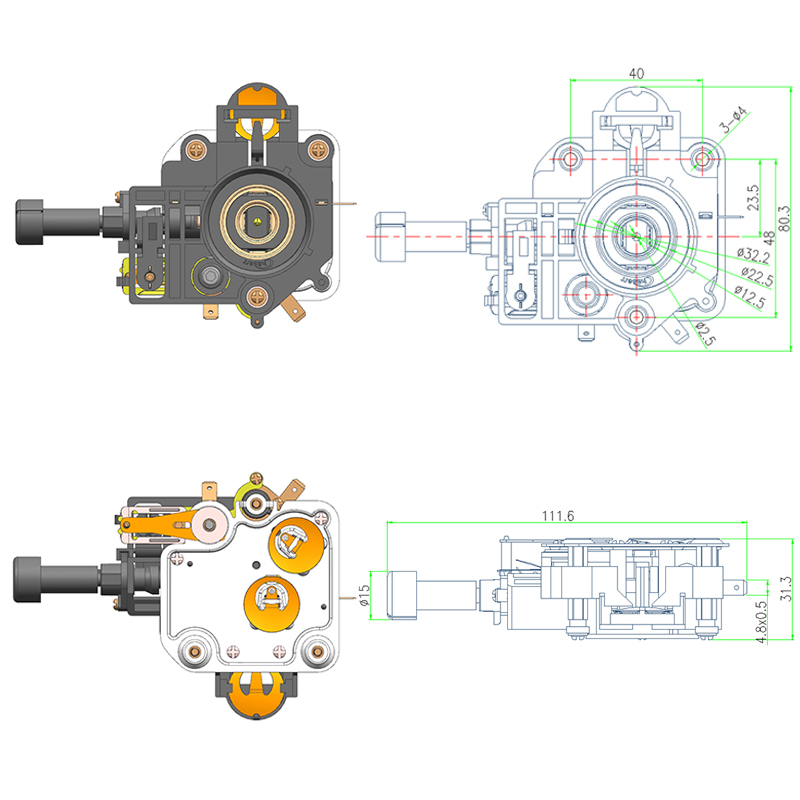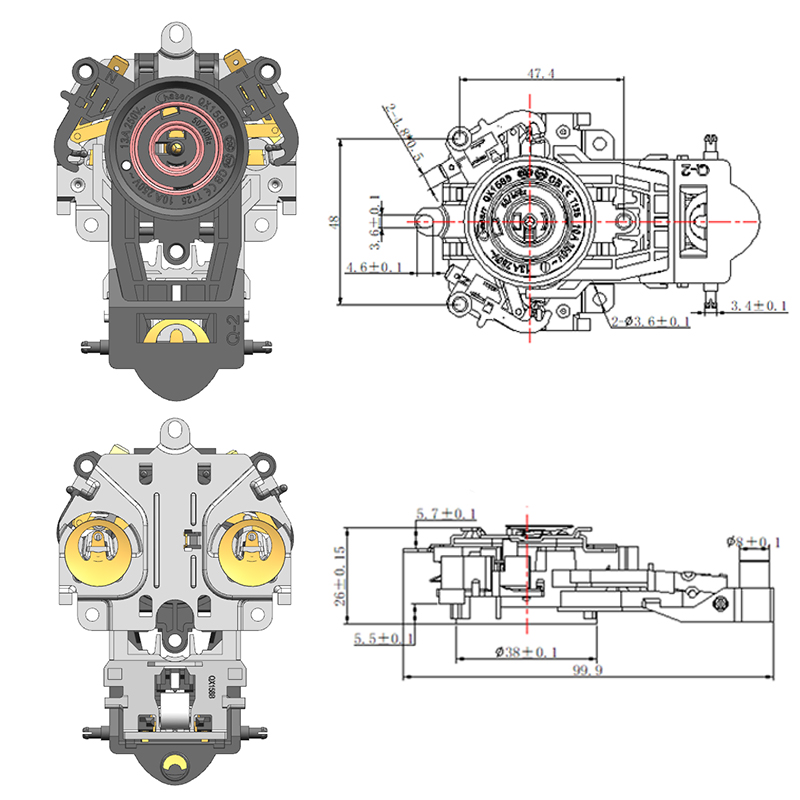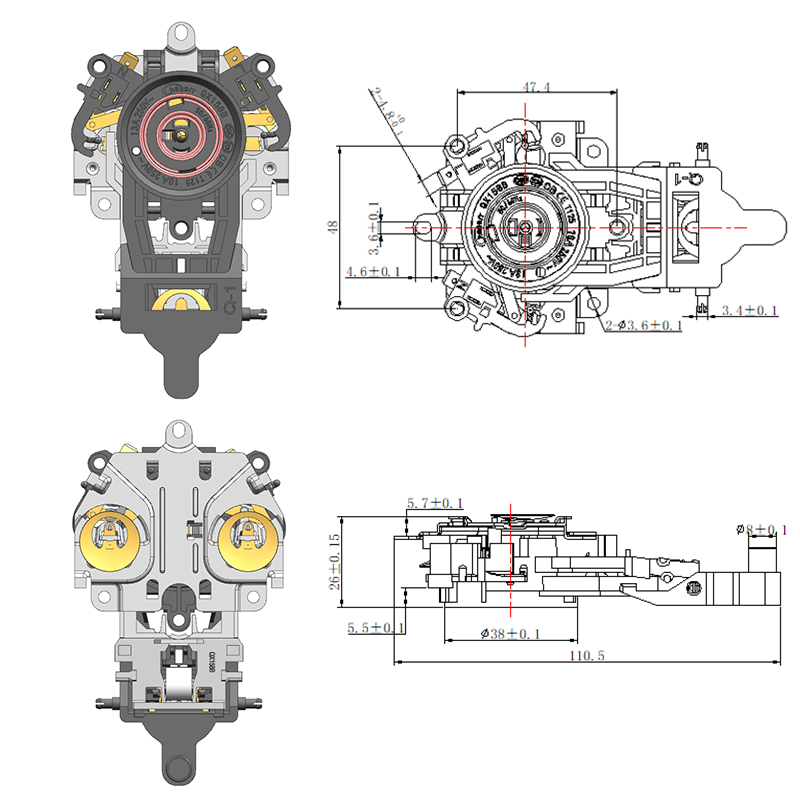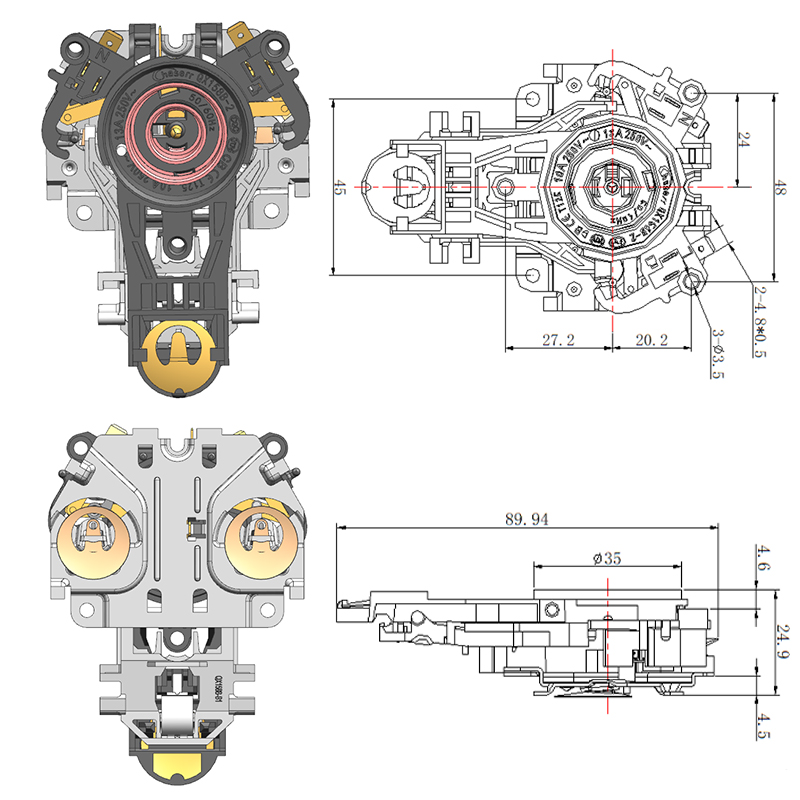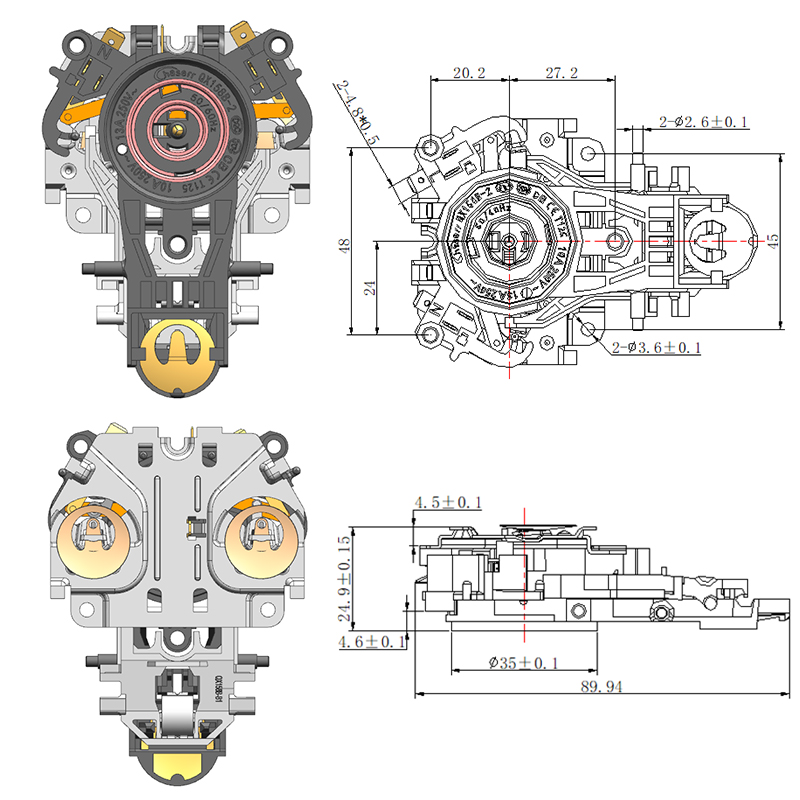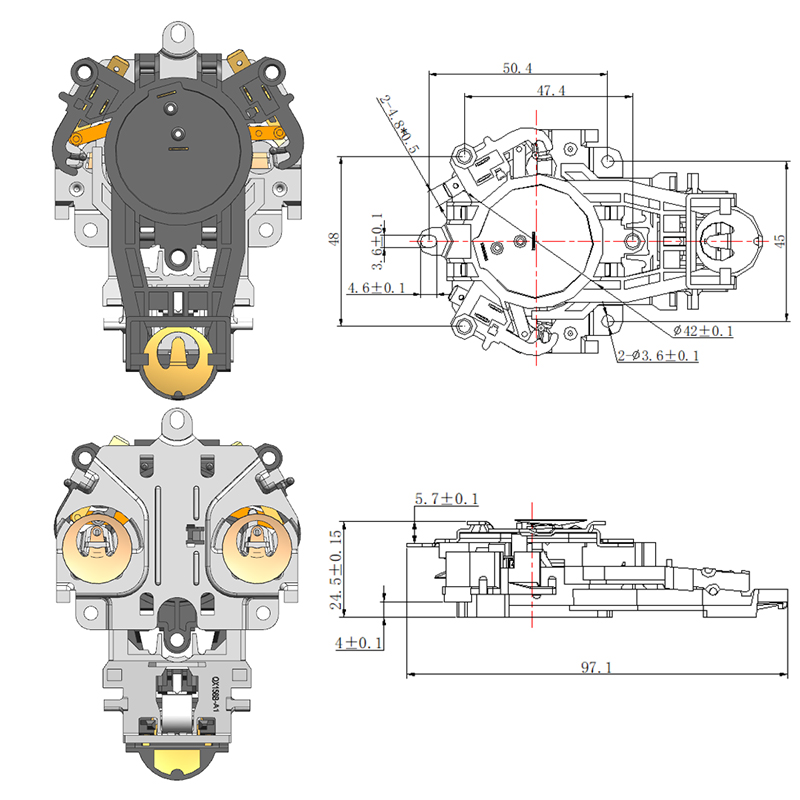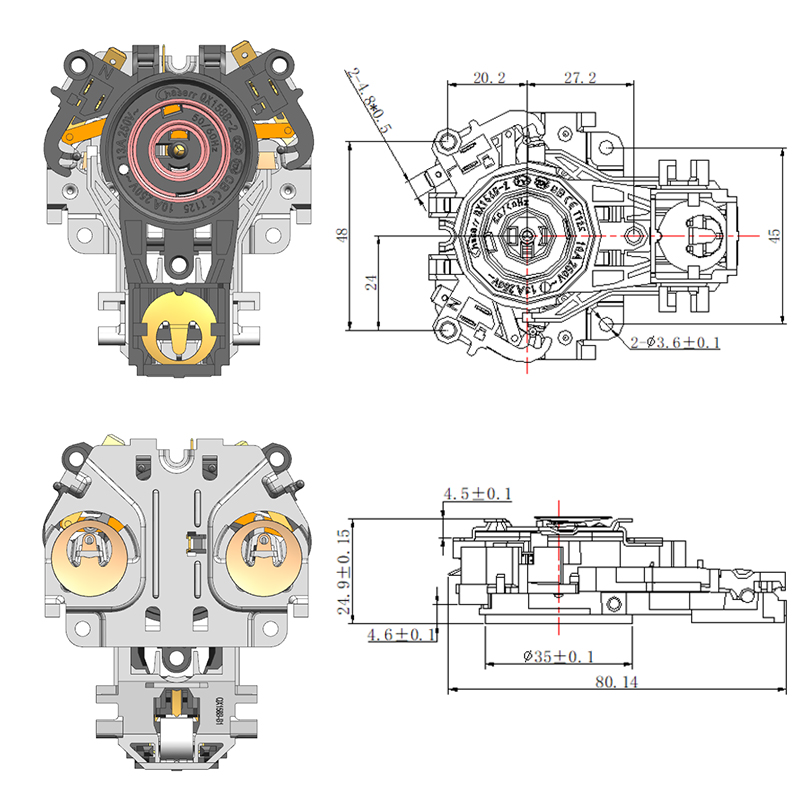Benefitas of Combining Water Thermostat Switch with Control Temperature Smart Couplers in Modern Appliances
Introduction to Modern Temperature Control
In today's home appliances, efficient and precise temperature management is essential to enhance performance, safety, and user experience. Two key components that play a vital role in achieving this are the Water Thermostat Switch and the Control Temperature Smart Coupler. When integrated, these devices offer improved functionality and reliability in various appliances, particularly those involving water heating. Understanding the benefits of their combination helps manufacturers and consumers appreciate advancements in smart appliance technology.

Improved Temperature Accuracy and Stability
The Water Thermostat Switch is responsible for detecting and regulating water temperature by turning the heating element on or off based on preset limits. When paired with a Control Temperature Smart Coupler, the system gains enhanced control capabilities. The smart coupler acts as an intelligent interface that precisely manages the connection and communication between the thermostat switch and the appliance's control system.
This combination ensures more accurate temperature readings and faster response times, reducing temperature fluctuations. As a result, modern appliances maintain consistent water temperatures, which is critical for processes like brewing tea, cooking, or sterilization.
Enhanced Safety Features
Safety is a paramount concern in appliances dealing with water heating. The Water Thermostat Switch works to prevent overheating by cutting off power once the desired temperature is reached. Integrating a Control Temperature Smart Coupler further improves this safety function by enabling more reliable and real-time control over the heating element.
The smart coupler monitors the thermostat switch's status and can provide additional safety mechanisms such as alerts or automatic shutdowns in case of malfunction. This layered protection reduces the risks of burns, electrical faults, or dry boiling, ensuring user safety and appliance longevity.
Energy Efficiency and Cost Savings
Combining these components also contributes to energy savings. Precise temperature control enabled by the Water Thermostat Switch and Control Temperature Smart Coupler reduces unnecessary heating cycles and power consumption. Appliances operate only as long as needed to reach and maintain the target temperature, reducing wasted energy.
For consumers, this means lower utility bills and a smaller environmental footprint. For manufacturers, it provides a competitive advantage by offering eco-friendly and cost-effective products.
Increased Appliance Durability
The intelligent coordination between the Water Thermostat Switch and the Control Temperature Smart Coupler reduces strain on the appliance's heating elements and control circuits. By avoiding overheating and short cycling, these components help extend the operational life of key parts.
Durable appliances not only save money on repairs and replacements but also contribute to reduced electronic waste, aligning with sustainable manufacturing goals.
Versatility and Customization
Modern appliances often require customizable temperature settings to accommodate different user preferences or specific applications. The Control Temperature Smart Coupler enables easy adjustments and programming of temperature thresholds, enhancing the basic functionality of the Water Thermostat Switch.
This versatility allows manufacturers to design multi-functional appliances that serve various needs, such as kettles with multiple temperature presets or water heaters with energy-saving modes.
Conclusion
The combination of the Water Thermostat Switch with the Control Temperature Smart Coupler represents a significant advancement in modern appliance technology. Together, they provide improved temperature accuracy, enhanced safety, energy efficiency, durability, and customization options. These benefits result in appliances that are safer, more reliable, and better suited to meet the demands of today's consumers. As technology continues to evolve, the integration of intelligent components like these will become increasingly important in driving innovation in household and industrial water heating devices.

 English
English  中文简体
中文简体  Español
Español 
